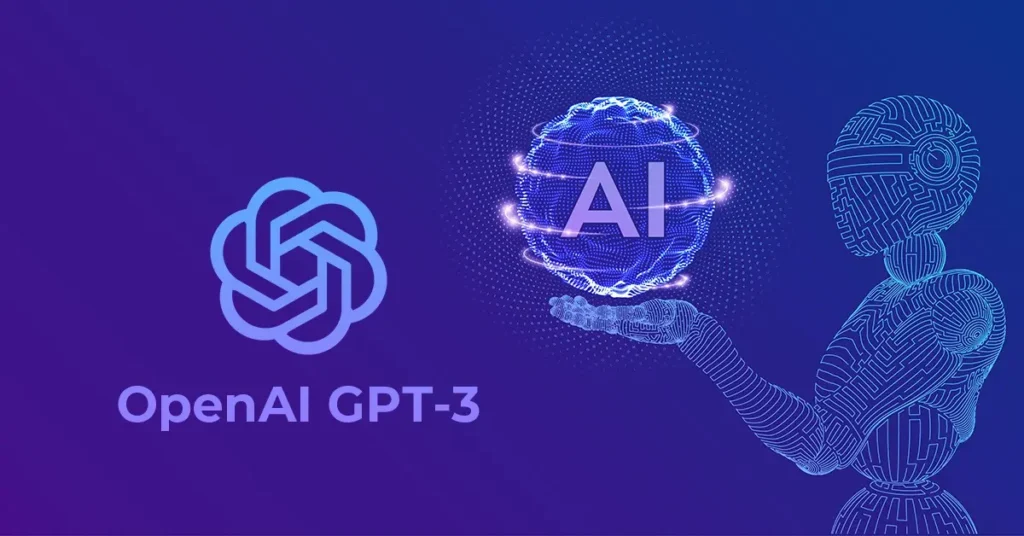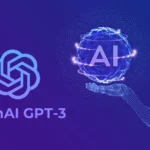FAQ – GPT-3 The Surprising Benefits!

FAQ
1. What is GPT-3?

A neural network machine learning model trained using internet data called GPT-3, or the third generation Generative Pre-trained Transformer, can create any kind of text. It was created by OpenAI and only needs a tiny quantity of text as input to produce huge amounts of accurate and sophisticated machine-generated text.
The deep learning neural network in GPT-3 is a model with about 175 billion machine learning parameters. To give an idea of scale, Microsoft’s Turing NLG model, which included 10 billion parameters, was the largest trained language model prior to GPT-3. GPT-3 will be the largest neural network ever created as of early 2021. As a result, GPT-3 is superior to all previous models in terms of producing text that appears to have been produced by a person.
2. What are the benefits of GPT-3?

One of the main parts of natural language processing is natural language generation, which focuses on producing text in human language. However, creating material that is intelligible by humans is difficult for robots since they don’t fully comprehend the subtleties and complexity of language. GPT-3 has been trained to produce genuine human text using text from the internet.
With just a modest quantity of input text, GPT-3 has been used to generate vast volumes of high-quality writing, including articles, poems, tales, news reports, and conversations.
A fresh piece of text that is relevant to the situation is automatically generated by GPT-3 in response to any text that is entered into a computer. GPT-3 is not limited to writing in human languages; it can write anything with a text structure. Additionally, it is capable of automatically producing computer code as well as written summaries.
3. How can GPT-3 be used in your business?

We produce enormous amounts of data today, and the amount keeps increasing yearly. In fact, it is expected that between 2018 and 2025, the amount of real-time data in the worldwide atmosphere would increase tenfold. There aren’t many tools more effective than language for storing and presenting this info.
A dashboard can communicate data with appealing images, but a few phrases can tell a story and make the data come to life. For this reason, organizations are clamoring for conversational AI that can use natural language. Report generation is a must for all businesses, but it may be time- and labor-intensive. If an AI system could handle time-consuming reports and data processing.
Data Analysis
Data that isn’t kept in an organized database format is what unstructured data refers to. Geospatial data, music, images, text files, and other types of unstructured data are a few examples. There may be a gap in other forms of data. Email, for instance, can be classified as semi-structured because it contains structured information like the date, time, and sender and recipient names, but the email body doesn’t adhere to any particular pattern.
What makes processing unstructured data crucial, then? Up to 90% of the data we produce is unstructured, and this category is rising by an astounding 55–65% annually, according to a survey by CIO.com.
Enhancing your English sentences
The GPT-3 program can now produce items of a high caliber and assist people in improving their English thanks to its advanced command of the language. For instance, the Grammar Correction app on OpenAI.com can correct problems and provide different, more Standard English-compliant wording. Additionally, there are apps that can break down lengthy sections of text into more manageable chunks and that can analyze complex language to provide a more streamlined, accessible form.
4. What are the risks associated with GPT-3?

There has been some excitement over GPT-3. Correctly so. It is an incredible feat of modern computer science. However, despite its outstanding capacity to produce text, code, and other outcomes in a way that appears to be the product of human labor, it faces some considerable obstacles and has some severe restrictions. We must keep in mind that it is still in the testing phase.
Even Open AI’s CEO Sam Altman acknowledged that the excitement might be excessive. He acknowledges that AI will alter the world, but he views GPT-3 as only a foreshadowing of possible future developments. There are two main areas where GPT-3 has significant problems. It contains technical flaws and runs the risk of reproducing bias against certain groups.
5. How can GPT-3 be integrated into your marketing strategy?

The truth is that anyone who relies on freelancers or low-quality content mills to generate their material may quickly and easily replace those writers with GPT-3-powered technologies. These tools can reduce expenses for teams, but we highly advise businesses and brands against completely eliminating humans from the writing process at this early stage.
Writing words is only one aspect of SEO copywriting; there is much more to it. SEO copywriters strive to match the voice, tone, and style of the companies they write for or for themselves, but GPT-3 is getting better at spotting and recreating these subtleties in their text production.
6. What are the implications of GPT-3 for your company’s future?

Consider all the bloggers, copywriters, social media influencers, YouTubers, Instagrammers, content farmers, spinners, and media companies that will be disrupted and eventually vanish. It’s carnage for online employment, and more subpar AI-generated material will take its place.
The issue is that, because of the excellent training in content production and the world of algorithmic incentives Google has given us, the quality of this content will only become better as GPT-3-like technologies become more complex. A future in which AI can compose ads and know exactly what copy and types of ads to use to achieve the desired results. The majority of entry-level marketing and sales positions will disappear.
Therefore, GPT-3 is internet automation, which will actually eliminate much employment. On LinkedIn, so-called journalists curate news in a news feed with a brief synopsis and a few links from (sponsored partner) sponsors. That might already be happening with GPT-3.
Nothing prevents such headlines from being totally generated by GPT-3 for LinkedIn News. Let’s not play around; in a world of clickbait, advertisements, and dopamine loop entrapment, AI will eventually serve as chief editor, main writer, and chief marketing officer for most businesses. There is nothing we can do to stop GPT-3 from attacking the internet. The internet will be virtually unrecognizable in ten years.







